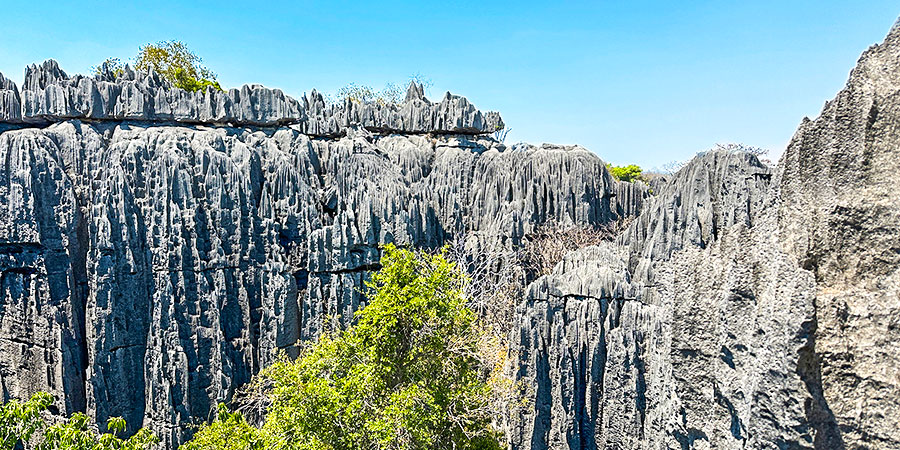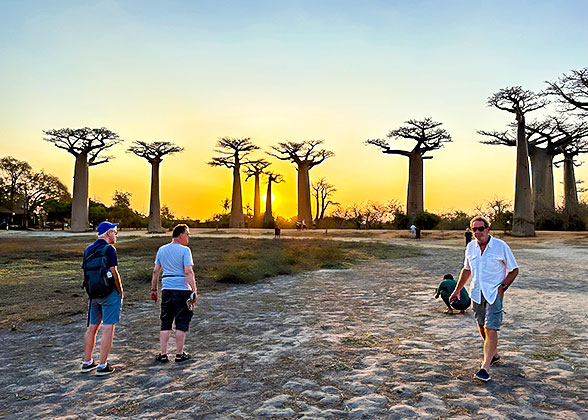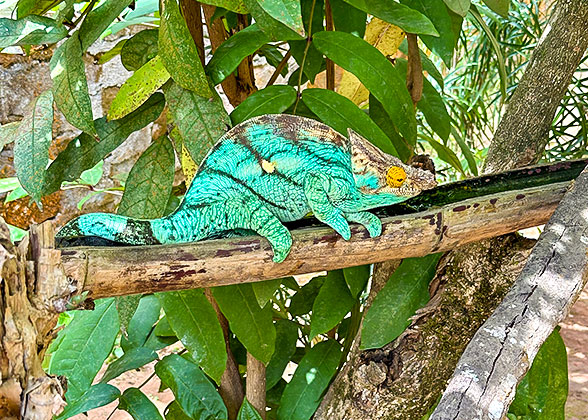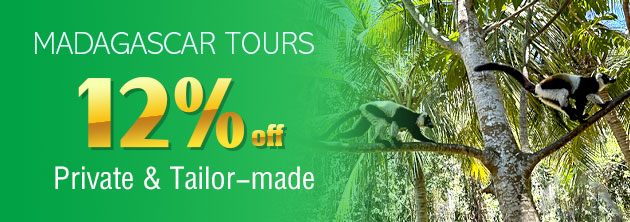Best Time to Visit Tsingy de Bemaraha

Tsingy de Bemaraha National Park
|
To be specific, monthly average temperatures of Tsingy de Bemaraha don’t vary much, and are typically in a range from about 22 to 32 degrees Celsius (72 to 90 degrees Fahrenheit). Weather here is generally hot throughout the year. Therefore, the rainfall determines the best time to travel here to a large degree. In the dry season from May to November, the monthly average precipitation is just between about 3 and 60 mm and the humidity is between about 58% and 66%. During this period, lower rainfall brings good road conditions and makes it more convenient to go sightseeing. Average humidity this season is also in a range in which people may not feel stuffy or uncomfortable. In consideration of these, the dry season becomes the best time to visit Tsingy de Bemaraha.
See also: Tsingy de Bemaraha Weather
From December to April, Tsingy de Bemaraha receives extremely high rainfall in about 10 to 22 days on average per month. The dirt roads and rivers to the Tsingy de Bemaraha are both greatly affected by the high rainfall this season and are hard to pass through. Besides, heavy rain makes sightseeing in the steep rain forests dangerous, and the national park just shuts down in the rainy season. So it’s not suggested to visit Thingy de Bemaraha this season.

Muddy River in Rainy Season
|
As a UNESCO World Heritage Site, Tsingy de Bemaraha is famed for the karstic stone forests in the national park. In the local dry season with less rain and better road conditions, it’s more convenient to visit the national park. To fully enjoy the beauty and grandeur of the karstic stone forests, it’s suggested to make your tour on sunny days. Bright sunshine brings better visibility and helps present a perfect photo spot including dark grey stone forests, green trees, and clear blue sky.
|
|
|
Ring-tailed mongooses are also endemic to the country and it’s more likely to find them in the daytime in dry season. Their mating season lasts from about April to November, when they appear more frequently, and the whole dry season with good road conditions is within this period. Besides, they are generally active during the daytime and are used to staying in tree holes at night.

People Viewing Ring-tailed Mongoose
|
2. In view of a possibly long hike in the park, it’s advisable to bring your hiking shoes or carry a pair of climbing gloves additionally for steep parts in the hiking route.
3. Drinking enough water helps you avoid dehydration during a long hike on a sunny day.





